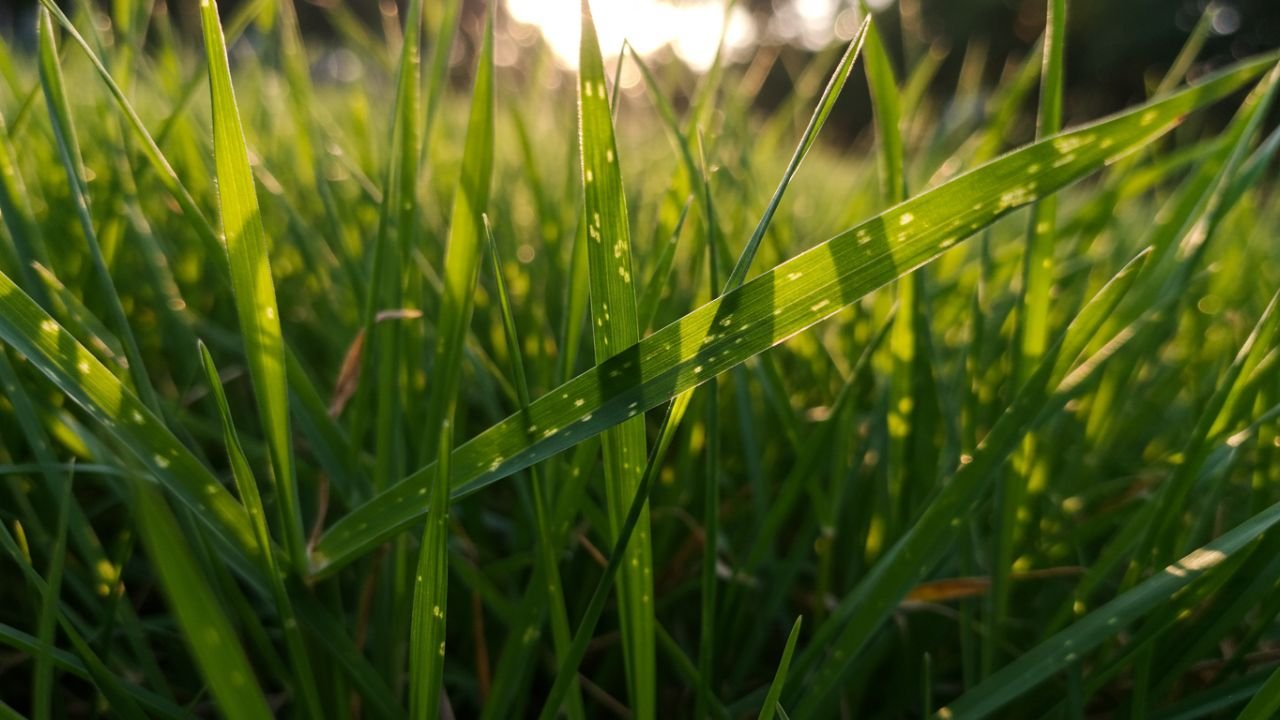Introduction to Lysosingrass
Lysosingrass might not be a household name, but its roots run deep in the rich tapestry of traditional medicine. This remarkable plant has been cherished for centuries across various cultures, known for its diverse healing properties. Its fragrant leaves and unique flavor make it appealing not just in cooking but also in holistic practices. As interest in natural remedies continues to grow, lyposingrass is gaining attention for its potential benefits and applications. Whether you are curious about herbal traditions or looking to explore new ways to support your health, this blog will take you on an enlightening journey through the world of lyposingrass—its history, uses, and future prospects in traditional medicine. Join us as we uncover what makes this herb so special!
History of Lysosingrass in Traditional Medicine
The use of lyposingrass in traditional medicine dates back centuries. Ancient cultures recognized its unique properties and embraced it as a healing herb.
In Southeast Asia, herbalists first documented the plant for its soothing abilities. They utilized it to treat various ailments, from digestive issues to respiratory conditions.
Indigenous communities revered lyposingrass not only for physical health but also for spiritual cleansing rituals. Its aromatic qualities were believed to ward off negative energy.
As trade routes expanded, knowledge about lyposingrass spread across continents. Traditional healers incorporated it into their practices, blending local herbs with this versatile grass.
Throughout history, generations have handed down wisdom regarding its benefits. This rich heritage continues to influence modern approaches towards natural remedies today.
Cultivation and Harvesting Methods
Lyposingrass thrives in well-drained, sandy loam soil with ample sunlight. It prefers a warm climate, making it ideal for tropical and subtropical regions. Farmers often start by preparing the land, ensuring that nutrient-rich compost is mixed into the soil.
Propagation typically occurs through seeds or cuttings. When using seeds, it’s important to plant them at the right depth to promote healthy growth. Cuttings should be taken from mature plants and rooted properly before transplanting.
Irrigation plays a crucial role during dry spells to maintain moisture levels. Regular weeding also helps prevent competition for nutrients.
Harvesting usually takes place when the plants reach maturity, which can take several months depending on conditions. Careful cutting ensures that roots remain intact for future growth cycles. After harvesting, proper drying methods are essential to preserve their medicinal properties before storage or processing.
Uses of Lysosingrass in Traditional Medicine
Lysosingrass, a remarkable herb, has been cherished in traditional medicine for its diverse applications. One of the most notable uses is its role in digestive health. Many cultures have turned to this plant to alleviate stomach discomfort and enhance digestion.
Beyond gastrointestinal support, lysosingrass is often utilized for respiratory issues. Herbalists recommend it as a soothing remedy for coughs and colds, leveraging its natural anti-inflammatory properties.
Moreover, lysosingrass serves as an ingredient in various topical treatments. Its antiseptic qualities make it valuable for minor wounds and skin irritations.
In some traditions, this grass is brewed into teas believed to promote relaxation and reduce stress levels. The calming effects are sought after by those facing daily pressures.
Its versatility makes lysosingrass an integral part of many herbal practices worldwide, showcasing the depth of knowledge embedded in traditional healing methods.
Common Traditional Medicine Practices Using Lysosingrass
Lysosingrass has found its place in various traditional medicine practices across cultures. One common method involves making herbal teas from the leaves, believed to promote digestion and relieve stomach discomfort.
Another practice includes using lyposingrass as a natural remedy for respiratory issues. Steaming the leaves or inhaling their essence can help alleviate congestion and soothe coughs.
In some regions, it’s utilized in poultices applied to skin irritations or minor wounds. The anti-inflammatory properties of lysosingrass are thought to aid in faster healing.
Additionally, certain communities use tinctures made from this herb for stress relief and relaxation. These extracts are often incorporated into holistic wellness routines.
Traditional healers also recognize its potential benefits in balancing blood sugar levels, incorporating it into dietary recommendations for those managing diabetes.
Modern Applications of Lysosingrass Extracts
Lysosingrass extracts have found their way into contemporary wellness and cosmetic industries. With a rich profile of antioxidants, these extracts are popular in skincare formulations. They help combat free radicals, promoting healthier skin.
In the realm of dietary supplements, lysosingrass is gaining traction for its potential health benefits. It’s often included in herbal blends aimed at boosting energy levels or enhancing digestion.
The culinary world hasn’t overlooked this versatile grass either. Chefs incorporate lysosingrass to impart subtle flavors to dishes, creating unique taste experiences that delight diners.
Moreover, researchers are exploring its antimicrobial properties. This could lead to innovative applications in food preservation and safety.
As science continues to delve deeper into its composition, the uses of lysosingrass may expand even further across various sectors, highlighting its adaptability beyond traditional medicine alone.
Potential Benefits and Side Effects
Lyposingrass has been celebrated for its potential health benefits in traditional medicine. It is often associated with anti-inflammatory and antimicrobial properties, making it a popular choice for alleviating various ailments. Many practitioners use lyposingrass to support digestive health, as it may help soothe gastrointestinal discomfort.
However, like any herbal remedy, it’s essential to approach lyposingrass with caution. Some individuals might experience allergic reactions or side effects such as nausea or headaches when using the herb.
It’s crucial to consult healthcare professionals before adding lyposingrass to your wellness routine, especially if you’re pregnant or on medication. While its uses are promising, understanding individual responses can make all the difference in ensuring safety and maximizing potential benefits.
Conclusion: The Future of Lysosingrass in Traditional Medicine
The future of lyposingrass in traditional medicine looks promising. As more people seek natural remedies, the demand for herbal treatments continues to grow. Lyposingrass stands out due to its rich history and diverse applications.
Research is ongoing into its health benefits and potential uses. This exploration could lead to new extracts that enhance wellness or treat specific conditions effectively. Modern science is beginning to validate many traditional claims about lyposingrass, bridging the gap between ancient wisdom and contemporary practices.
As cultivation methods improve, we may see an increase in sustainable production. This will make lyposingrass more accessible while maintaining its quality and efficacy.
The integration of lyposingrass into mainstream healthcare might not be far off. It holds a unique position as both a respected herb in traditional practices and a candidate for modern therapeutic applications. The journey of lyposingrass from ancient remedies to potentially groundbreaking treatments reflects our evolving understanding of herbs’ roles in health maintenance.
With continued research and growing interest, it’s likely that this remarkable plant will find its place within both traditional frameworks and innovative medical solutions alike.

